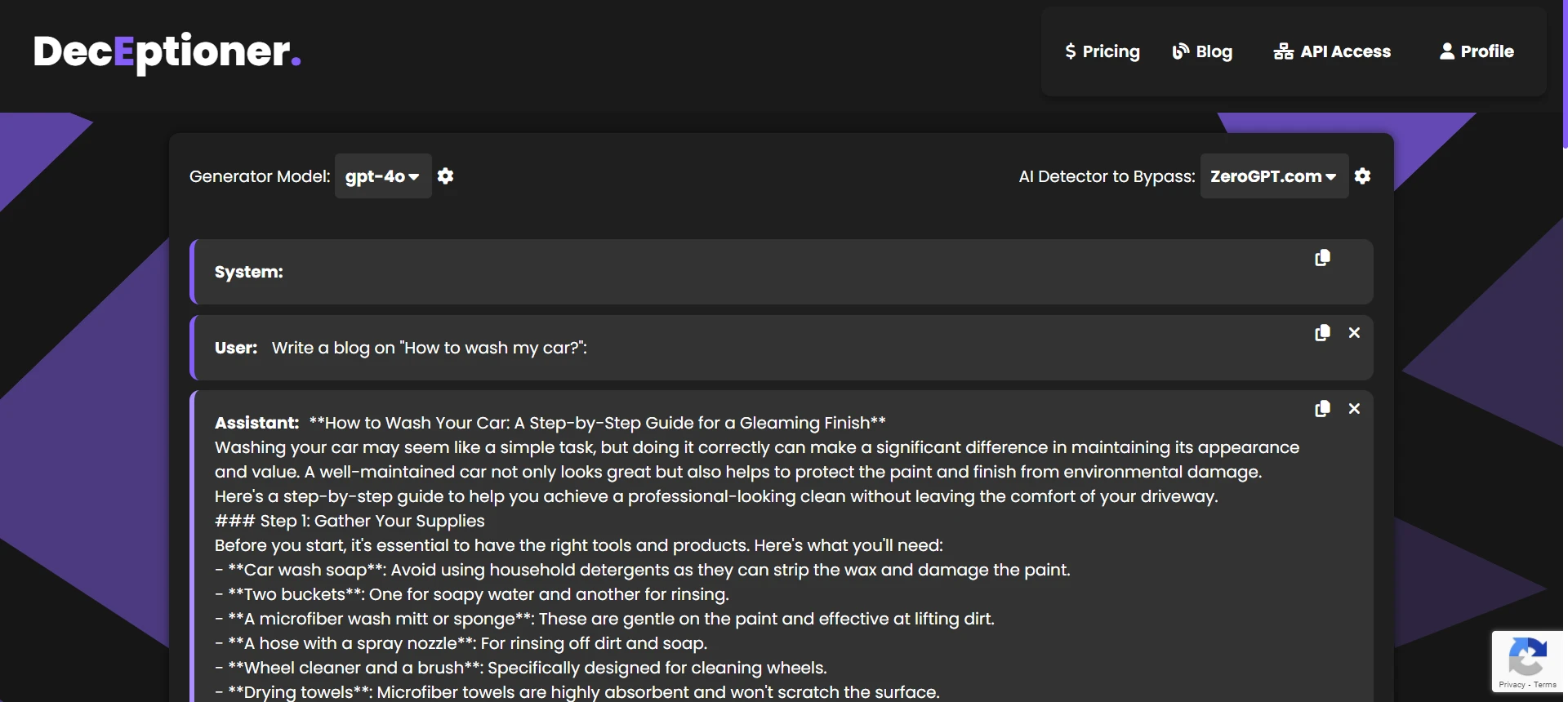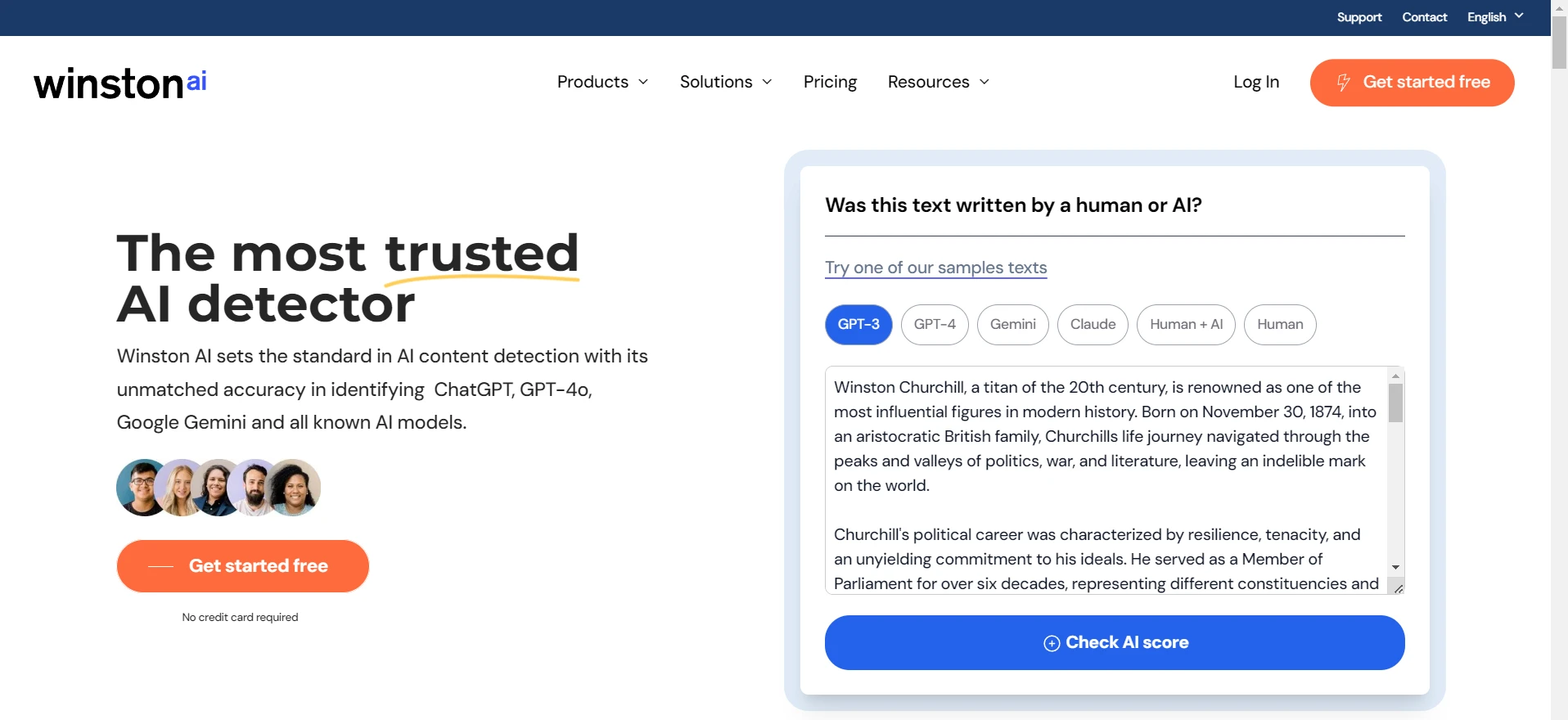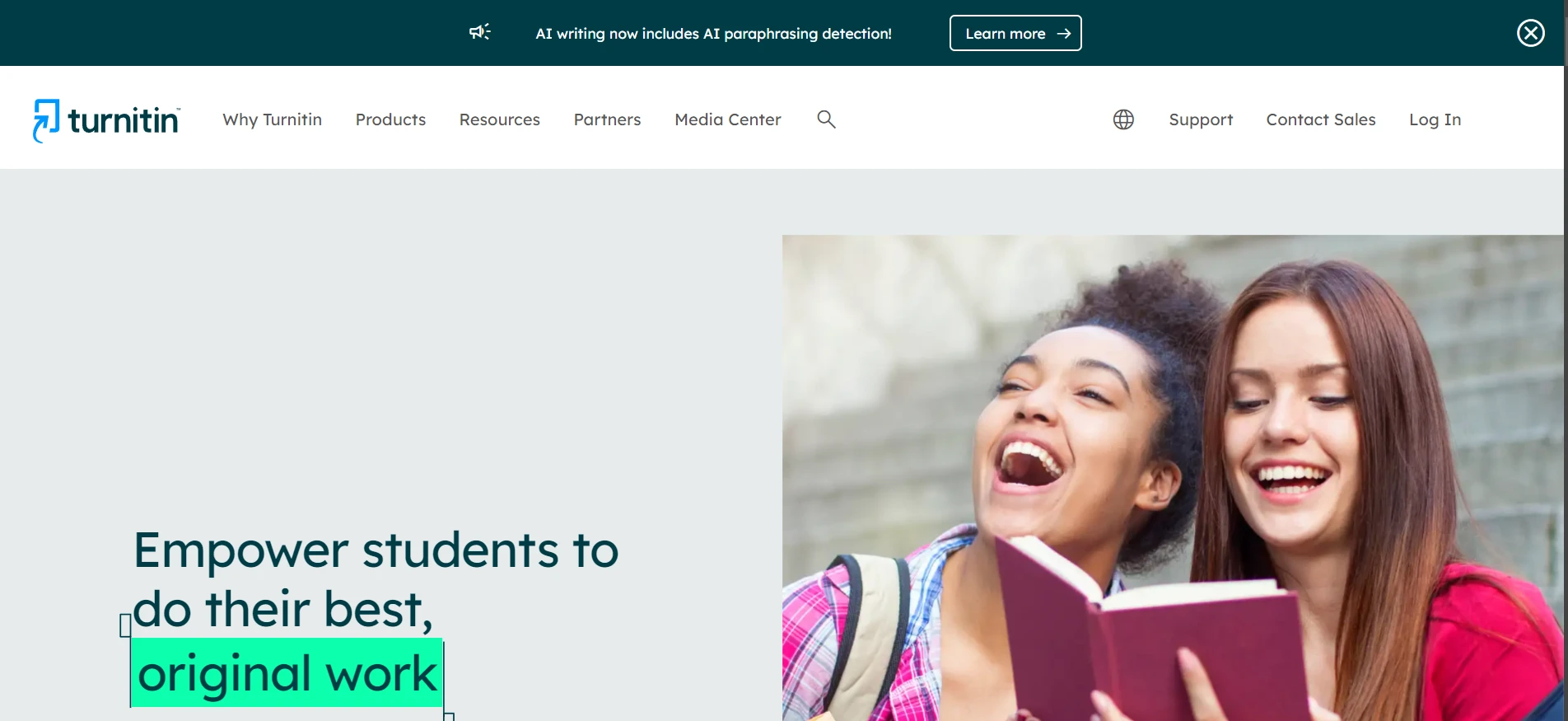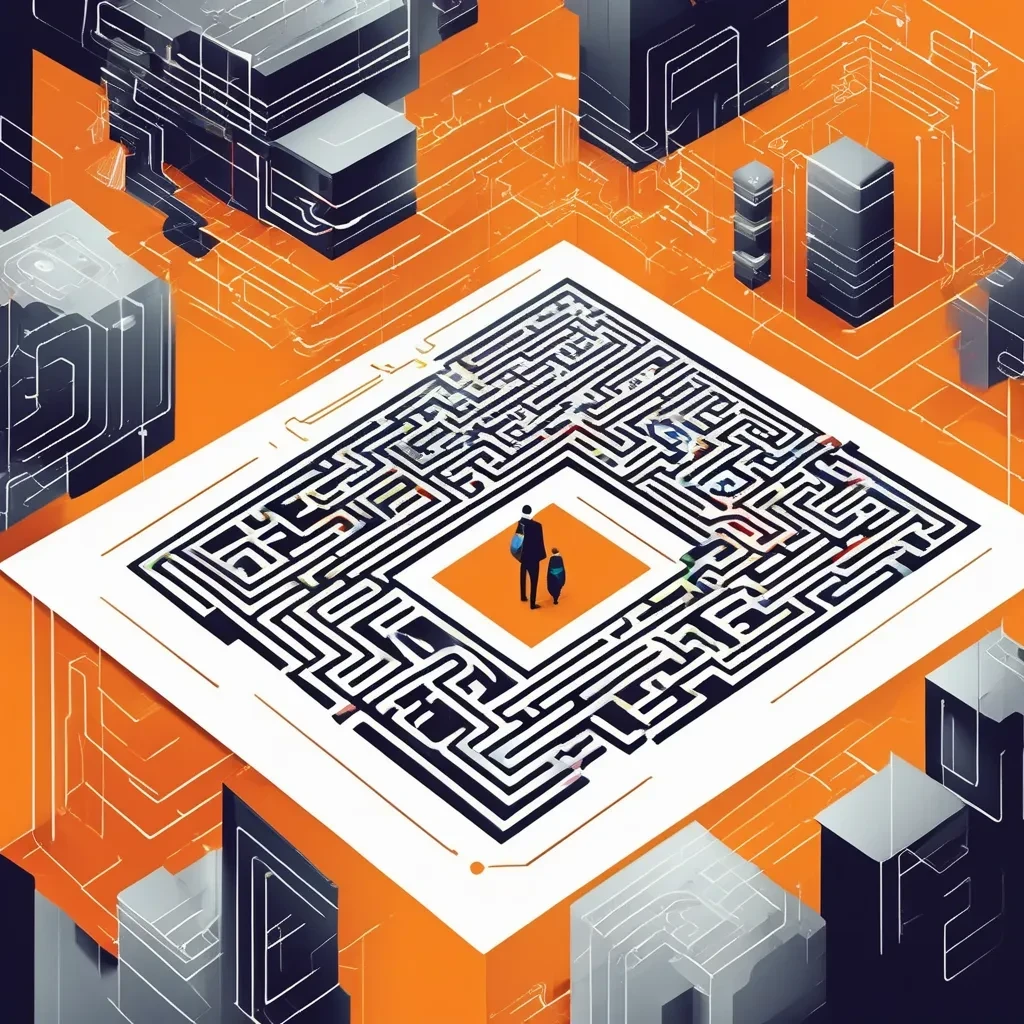As we all know it QuillBot gets pretty easily picked up by Turnitin and Originality.ai. But what about SafeAssign? The short answer is YES. The longer answer is that you need to pay attention to how paraphrasing is done and the ways SafeAssign flags similarities. Keep reading to know more about it.
Why QuillBot gets detected by SafeAssign?
The simple answer is that QuillBot, just like any other typical paraphrasing tool, is not made to bypass SafeAssign. It focuses on providing synonyms, improving fluency, or doing a heavy rewrite (aka the Creative mode), but none of these modes are specifically designed to dodge SafeAssign’s detection algorithms.
SafeAssign compares your work against a huge database of academic papers, public websites, and content from previous submissions. It creates a sort of “digital fingerprint” by stripping away all the fancy formatting and then checks for matching words, phrases, and even the structure of the text. So if your text is only changed at a word level (like in Synonyms mode) or has slight modifications in sentence flow (Fluency mode), SafeAssign is bound to detect it. Even in Creative mode, where the rewriting is more significant, SafeAssign still picks up on subtle similarities in structure or keywords.
Why is it easy for SafeAssign to detect QuillBot?
As mentioned before, QuillBot’s paraphrasing modes (Synonyms, Fluency, Creative) are not targeted to bypass plagiarism checks. Yes, Creative mode does rewrite content more extensively, but SafeAssign can still spot patterns—especially if you keep your references, transitions, and other text chunks the same.
SafeAssign uses color-coded highlights in the Originality Report to show exact matches or close paraphrases, and it provides a similarity percentage that signals how much of your text is considered “not original.” If you break these thresholds (for instance, going above 40% similarity), instructors might review your paper more closely.
SafeAssign’s Detailed Reports and Score Interpretation
When SafeAssign finishes scanning your submission, it gives an originality report. Usually, a score below 10% means you are quite safe, probably it’s just common phrases or references. Between 10% and 40% might indicate that you need to check your text to ensure proper citation. Above 40% is often considered a big red flag, indicating a lot of your content might be identical or closely paraphrased from other sources.
SafeAssign’s detection goes beyond words. It strips out formatting, references, and headers to create that digital fingerprint of your text. Once it’s done, it cross-checks your assignment against a huge collection of academic journals, online resources, and an institutional database. No synonyms or minor rewording can always trick this system because the underlying sentence structure can remain fairly intact.
How SafeAssign fosters academic integrity?
SafeAssign is built into LMS like Blackboard and Canvas. It not only flags possible plagiarism but also pushes students to improve their original writing. By showing you exactly where the matching text is found, you can better understand how to cite properly or rewrite in your own words. The color-coded highlights, source links, and percentage matches guide both students and instructors to see what portions might need more scrutiny.
Instructors, on the other hand, are advised to review these matching points carefully. Sometimes, SafeAssign can flag false positives—like well-cited quotes or references in standardized formats. Still, if an entire sentence or paragraph is highlighted, that means the system found a corresponding structure or word pattern that strongly suggests you lifted it from somewhere else. Or QuillBot might have paraphrased it without changing the essence.
SafeAssign vs Originality.ai
Many people also ask if SafeAssign detects AI-generated text. The short answer is it does not. SafeAssign is primarily geared toward academic plagiarism detection, not AI detection. Meanwhile, something like Originality.ai is designed to catch AI-generated text for content publishers. If you are worried that your text might get flagged for being AI-driven, SafeAssign is currently not built for that. But a tool like Originality.ai might pick up that your text came from GPT, ChatGPT, or a QuillBot-like paraphraser if it suspects an AI style.
Accuracy of SafeAssign
As tested in many sample papers, SafeAssign’s accuracy usually hovers around 92% to 97%. That’s high enough that if you rely entirely on QuillBot for rewriting, you should be aware you can’t just sail through SafeAssign. Even a strong rewrite can get flagged at times. So, if your goal is to hide plagiarism, you might be out of luck. But if your goal is to help refine your writing, QuillBot can still be a great tool—only you must remember to properly cite where your content (or ideas) came from.
Frequently Asked Questions (FAQs)
Q1. Does SafeAssign detect QuillBot?
Yes, obviously. SafeAssign is made to scan for similarities in wording and structure. QuillBot’s paraphrasing is not specifically built to bypass it, so you can get flagged easily.
Q2. Is using QuillBot automatically considered plagiarism?
No, just using QuillBot isn’t straightaway plagiarism. If the original ideas are yours and you just want to fix grammar or reword a few sentences, that’s fine. However, if you borrowed someone else’s text and rephrased it without citing, SafeAssign will likely detect it, and that could be considered plagiarism.
Q3. How do I interpret SafeAssign’s matching score?
Scores below 15% are usually safe, 15%-40% might need more checking, and anything above 40% is a strong sign of copied content. However, instructors should review the content to confirm if it’s an actual issue or just repeated phrases and references.
Q4. Can SafeAssign detect AI-written text?
No, SafeAssign is not specialized to detect AI writing. Tools like Originality.ai do that job. SafeAssign will only check if your text matches some existing source in its database.
Q5. Which paraphrasing tool is best to avoid SafeAssign detection?
If you’re writing academically, there’s actually no “best” tool for bypassing detection because SafeAssign is quite good at matching paraphrased text to the original. Some say Oneclickhuman.com is less likely to get flagged, but too many factors play a role. The best practice is to write originally and cite sources properly.
The Bottom Line
While QuillBot or other paraphrasers (Spinbot, Paraphrase Online, WordAi) might help in rewriting, they are not guaranteed to fool SafeAssign. SafeAssign’s advanced techniques in scanning sentence structures, keywords, and source comparisons mean it can detect subtle similarities. If you rely solely on paraphrasing tools for your academic writing without acknowledging the original sources, you risk being flagged. You can use our tool deceptioner to do the job but we advise to use it only when you have done the work yourself and even then you are getting flagged.
Ultimately, SafeAssign is there to help maintain academic integrity. If you understand how it operates, you can use paraphrasing tools ethically—helping with editing and fluency rather than trying to hide copied content.


![[G0] Can GPTZero Humanize AI Text?](/static/images/can-gptzero-humanize-ai-textpng.webp)
![[HOT TAKE] Why is ZeroGPT so bad?](/static/images/why-is-zerogpt-so-badpng.webp)
![[DIRECT] Best Affordable AI Humanizers (That Still Work in 2025)](/static/images/best-affordable-ai-humanizerspng.webp)
![[HOT] Can You Compare ZeroGPT With Other Top Tools?](/static/images/can-you-compare-zerogpt-with-other-top-toolspng.webp)





